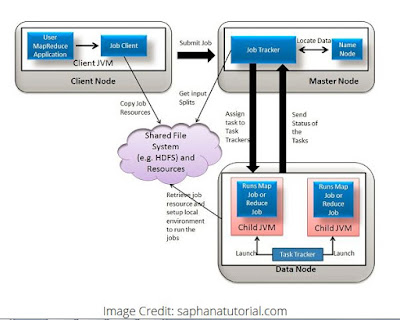RPD Deployment in Obiee 12c server is unlikely different from 11g. In 12c, EM does not have any option for deployments of rpd.We
should be using weblogic scripting command “uploadrpd’ to upload
repository to Oracle BI Server.
Steps to follow:
uploadrpd -I <RPD_NAME>.rpd -W <RepositoryPWD> -U <Weblogic_username> -P <Weblogic_Password> -SI <serviceinstance_name>
Example:
uploadrpd -I BI1_SAMPLE.rpd -W Ora234 -U weblogic -P weblogic17-SI ssi
If the operation completes successfully, you will see the following message:
“Operation Successful. RPD upload completed successfully. ”
To understand further these parameters, see below. Along with above parameters, yiu can also use S, N, SSL etc.
Steps to follow:
- Open the command prompt and type “cd \”to change the directory and press Enter
- Type “cd
<Oracle_Home>/user_projects/domains/bi/bitools/bin”, press Enter - Do "Ls", to find the utility, data-model-cmd.sh on UNIX and data-model-cmd.cmd on Windows.
- Run the data-model-cmd.cmd utility along with the upload rpd parameters below:
uploadrpd -I <RPD_NAME>.rpd -W <RepositoryPWD> -U <Weblogic_username> -P <Weblogic_Password> -SI <serviceinstance_name>
Example:
uploadrpd -I BI1_SAMPLE.rpd -W Ora234 -U weblogic -P weblogic17-SI ssi
If the operation completes successfully, you will see the following message:
“Operation Successful. RPD upload completed successfully. ”
To understand further these parameters, see below. Along with above parameters, yiu can also use S, N, SSL etc.
Ispecifies the name of the repository that you want to upload.Wis the repository’s password. If you do not supply the password, then you will be prompted for the password when the command is run. For security purposes, Oracle recommends that you include a password in the command only if you are using automated scripting to run the command.SIspecifies the name of the service instance.Uspecifies a valid user’s name to be used for Oracle BI EE authentication.Pspecifies the password corresponding to the user’s name that you specified forU. If you do not supply the password, then you will be prompted for the password when the command is run. For security purposes, Oracle recommends that you include a password in the command only if you are using automated scripting to run the command.Sspecifies the Oracle BI EE host name. Only include this option when you are running the command from a client installation.Nspecifies the Oracle BI EE port number. Only include this option when you are running the command from a client installation.SSLspecifies to use SSL to connect to the WebLogic Server to run the command. Only include this option when you are running the command from a client installation.Hdisplays the usage information and exits the command.







